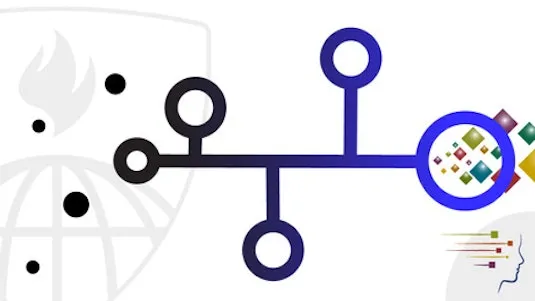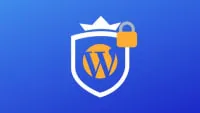
Getting and Cleaning Data 
This course covers the basics of getting and cleaning data. Learn how to obtain data from the web, APIs, databases, and colleagues. Understand how to make data "tidy" and the components of a complete data set. Get the skills needed to collect, clean, and share data. ▼
ADVERTISEMENT
Course Feature
![]() Cost:
Cost:
Free
![]() Provider:
Provider:
Coursera
![]() Certificate:
Certificate:
Paid Certification
![]() Language:
Language:
English
![]() Start Date:
Start Date:
3rd Jul, 2023
Course Overview
❗The content presented here is sourced directly from Coursera platform. For comprehensive course details, including enrollment information, simply click on the 'Go to class' link on our website.
Updated in [June 30th, 2023]
This course, Getting and Cleaning Data, provides an overview of the basics of obtaining and cleaning data. Students will learn how to obtain data from the web, from APIs, from databases, and from colleagues in various formats. Additionally, students will learn the basics of data cleaning and how to make data “tidy”. The course will also cover the components of a complete data set, including raw data, processing instructions, codebooks, and processed data. Finally, the course will cover the basics needed for collecting, cleaning, and sharing data.
[Applications]
The application of this course can be seen in many areas. For example, it can be used to help researchers and data scientists obtain and clean data for their projects. It can also be used to help businesses and organizations collect and clean data for their own use. Additionally, it can be used to help students learn the basics of data collection and cleaning. Finally, it can be used to help people understand the importance of data cleaning and how it can improve the accuracy of their data analysis.
[Career Paths]
[Job Position Path]Data Scientist
[Description]Data Scientists are responsible for collecting, cleaning, and analyzing data to uncover insights and trends. They use a variety of tools and techniques to extract, process, and analyze data from multiple sources. They also develop predictive models and algorithms to identify patterns and trends in data. Data Scientists must be able to communicate their findings to stakeholders in a clear and concise manner.
[Development Trend]Data Science is a rapidly growing field, and the demand for Data Scientists is expected to continue to grow. As more organizations rely on data to make decisions, the need for Data Scientists will increase. Companies are also increasingly looking for Data Scientists with a broad range of skills, including machine learning, natural language processing, and deep learning. Additionally, Data Scientists must be able to work with large datasets and have a strong understanding of data visualization techniques.
[Education Paths]
The recommended educational path for learners is to pursue a degree in Data Science. Data Science is an interdisciplinary field that combines mathematics, statistics, computer science, and domain expertise to analyze and interpret data. It involves the use of algorithms, machine learning, and data visualization to uncover insights from data.
Data Science degrees typically include courses in mathematics, statistics, computer science, and domain-specific topics such as finance, healthcare, or marketing. Students learn to use programming languages such as Python and R to manipulate and analyze data. They also learn to use data visualization tools such as Tableau and Power BI to present their findings.
The development trend of Data Science degrees is to focus on the application of data science in various industries. This includes courses in data mining, natural language processing, and artificial intelligence. Students are also encouraged to develop their own projects to demonstrate their understanding of data science principles. Additionally, many universities are now offering online and hybrid programs to make data science degrees more accessible.
Course Provider

Provider Coursera's Stats at AZClass
Discussion and Reviews
0.0 (Based on 0 reviews)
Explore Similar Online Courses

Complete WordPress Security Course: Go from zero to hero

Motivating Gen Z Learners: What Parents and Teachers Need to Know

Python for Informatics: Exploring Information

Social Network Analysis

Introduction to Systematic Review and Meta-Analysis

The Analytics Edge

DCO042 - Python For Informatics

Causal Diagrams: Draw Your Assumptions Before Your Conclusions

Whole genome sequencing of bacterial genomes - tools and applications

Applied Data Science: An Introduction

Big Data Integration and Processing


Start your review of Getting and Cleaning Data